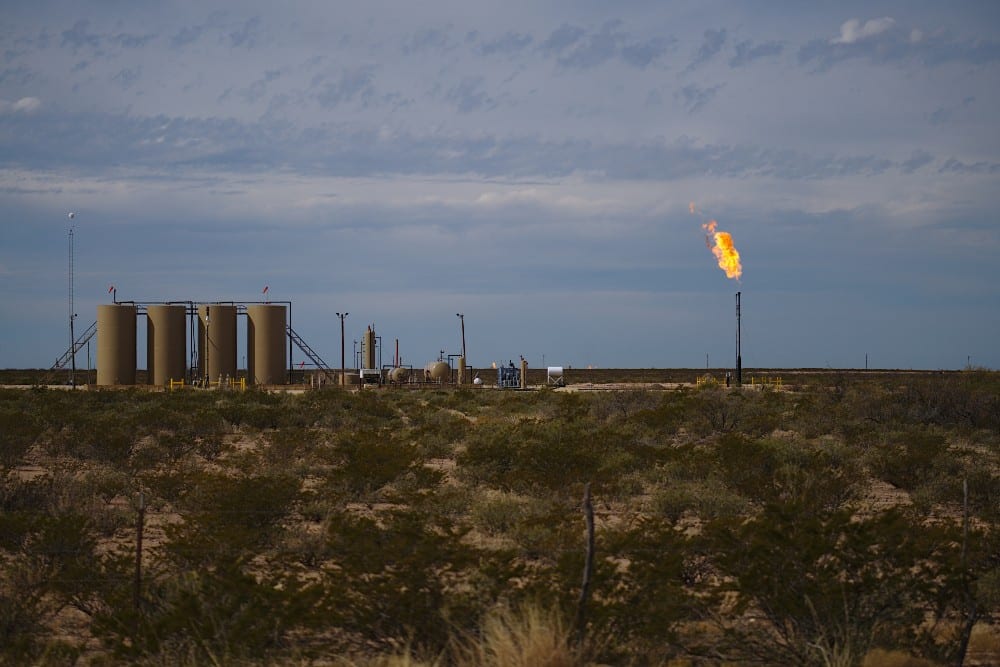The Advantages of Robotic Hydroblasting Equipment Over Traditional Plant Cleaning
Traditional tank cleaning has always been the typical method for industrial applications, but it has many inefficiencies.
Traditional cleaning puts humans in harm’s way. It’s wasteful, time-consuming, and hurts the environment.
A great alternative is hydroblasting equipment with robotics. Let’s take a look at the advantages of robotic hydroblasting over traditional plant cleaning methods.
What Is Robotic Hydroblasting?
Robotic hydroblasting — also called hydrodemolition — uses high-powered water cannons to focus on a concentrated area to clean. The process is similar to pressure-washing a driveway. This method is used to clean concrete, tanks, and other materials or equipment.
Hydroblasting equipment has proven to be more efficient than other cleaning methods like sandblasting and manual cleaning for many reasons. One of those reasons is that robots can be programmed to carry out the cleaning process time after time without error, and they can withstand higher reaction forces than humans.
More Water PSI Output
Traditional handheld pressure washers can get up to 2,000 PSI. However, a PSI over 40,000 can damage surfaces, equipment, and materials at industrial plants; in fact, liquids at this pressure can cut through metal.
Ecorobotics’s robotic tank cleaners run at 1,250 PSI, which is safe for plant materials and equipment while still cleaning quickly and efficiently.
When water pressures are too high, the spray flings particles and contaminants into the air. With lower but sufficient water pressure levels, you put limited contaminants into the air while still getting a successful cleaning.
The need to operate pressure washers by hand proves to be overpowering, and employees cannot consistently hit and clean the same area — especially over long periods. This method results in improper cleaning, it’s more time-consuming, and it uses more water.

Environmental Impacts of Hydroblasting Equipment
Robotic tank cleaning doesn’t use as much water as human cleaning solutions because robots have the ability to focus on one area — and do it accurately. This means doing the job right the first time and saving time by avoiding multiple cleanings.
Robotic hydroblasting equipment is also more eco-friendly than traditional cleaning because particles and contaminants can be contained, so more water is saved and usable.
When liquids are stored in industrial tanks, contaminants accumulate at the bottom of the tank. Robotic tank cleaners can easily remove contaminants or sludge. Clearing this sludge manually is a difficult process that results in high volumes of water being unusable.
With robotic tank cleaning, the amount of time that tanks are open and polluting the environment around them is decreased significantly.
Reduced Downtime
Humans take longer to finish a cleaning than robots do, which means more downtime.
Tank cleaning projects done with robotics can move more barrels than manual cleaning can and take about 20% less time (depending on the project).
When you rely on traditional cleaning solutions for your industrial tanks, you are required to follow strict guidelines that limit the amount of time employees can spend in confined spaces.
With robotic hydroblasting equipment, human entry is removed from the process; you won’t have to follow strict guidelines when you remove employees from your tanks.
Using robotics for your industrial cleaning needs also removes potential fatigue from the equation, since robots don’t get tired.
Leveraging robotic hydroblasting allows your plant to get back to operating at full capacity and producing revenue more quickly than alternative solutions.
Increased Employee Safety
There are many safety risks and more safety precautions to follow when you use traditional cleaning methods.
Removing your employees from tank cleaning improves plant safety because only robots enter the confined spaces. Confined spaces are dangerous for humans; without proper ventilation and easy exit points, workers are left in harm’s way.
Putting robots into tanks to clean hazardous chemicals takes humans out of the equation entirely. With robotic tank cleaning, a person guides the robot by remote control — never entering the confined space or getting close to the potential hazards.
By leveraging robotic hydroblasting, you are moving your employees out of harm’s way.
Improve Plant Efficiency With Robotic Industrial Hydroblasting
Once you switch to a hydroblasting robotic tank cleaning solution, you will see improvements in your plant’s performance.
Using robotic hydroblasting for your industrial cleaning tasks will result in efficient water usage, reduced downtime, increased employee safety, and a more protected ecosystem.





